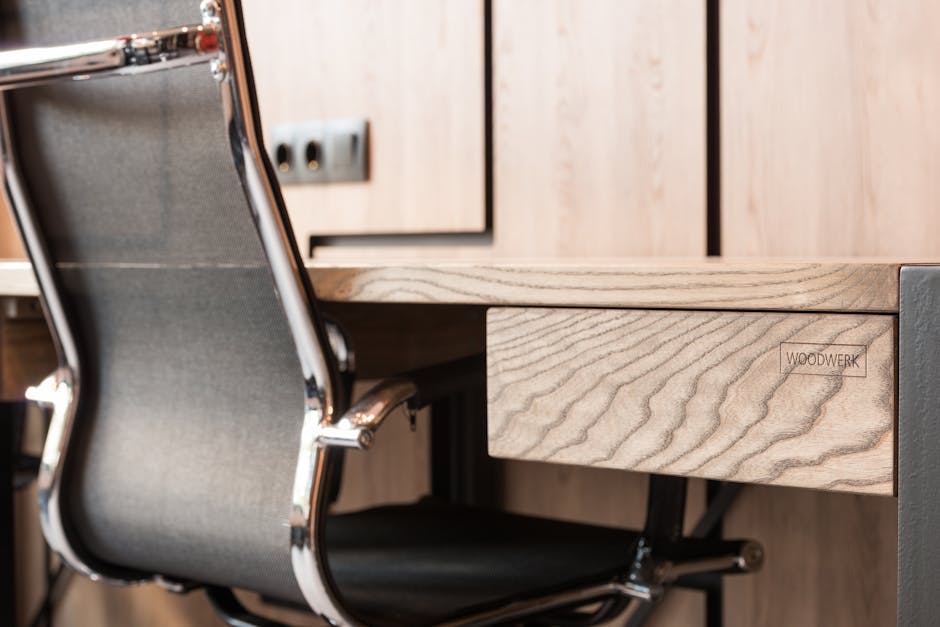Hot Desking vs. Hoteling: How to Choose the Right Approach for Your Workplace
“In today's dynamic work environment, companies are increasingly adopting flexible workspace strategies like hot desking and hoteling. This article explores the distinctions between these two approaches and provides guidance on selecting the most suitable option for your workplace, taking into account factors such as team size, work patterns, and organizational culture. ”


In the era of hybrid work and evolving workplace dynamics, organizations are turning to flexible workspace strategies to optimize their office space and enhance employee experience. Two popular approaches are hot desking and hoteling. While both involve shared workspaces, there are key differences between the two that can impact their suitability for your organization.
Understanding Hot Desking
Hot desking is a flexible workspace strategy where employees do not have assigned desks but instead choose from available workstations on a first-come, first-served basis. This approach encourages collaboration and networking, as employees may find themselves sitting next to different colleagues each day.
Benefits of Hot Desking
-
Space Efficiency: Hot desking allows companies to reduce their office footprint by eliminating the need for dedicated desks for each employee.
-
Cost Savings: By optimizing space utilization, hot desking can lead to significant cost savings on real estate and office maintenance.
-
Flexibility: Employees have the freedom to choose their workspace based on their daily needs and preferences, promoting autonomy and adaptability.
Exploring Hoteling
Hoteling, on the other hand, involves employees reserving workspaces in advance, similar to booking a hotel room. This approach provides more structure and predictability compared to hot desking, as employees know exactly where they will be sitting on a given day.
Advantages of Hoteling
-
Predictability: Employees can plan their workdays more effectively by reserving workspaces in advance, ensuring they have the necessary resources and amenities.
-
Privacy: Hoteling allows for more privacy and focus, as employees can choose to book quiet spaces or meeting rooms when needed.
-
Workplace foot traffic predictions: With hoteling systems in place, organizations can better predict and manage workplace foot traffic, optimizing space utilization and resource allocation.

Choosing the Right Approach
When deciding between hot desking and hoteling, consider the following factors:
-
Team Size: Hot desking may be more suitable for smaller teams or organizations with a high percentage of remote workers, while hoteling can better accommodate larger teams with diverse needs.
-
Work Patterns: Analyze your employees' work patterns and collaboration requirements. If your team thrives on spontaneous interactions, hot desking may be the better choice. However, if your employees require more structure and predictability, hoteling could be the way to go.
-
Organizational Culture: Consider your company's culture and values. If fostering a sense of community and serendipitous encounters is a priority, hot desking aligns well with this goal. On the other hand, if your organization values individual focus and privacy, hoteling may be more appropriate.
-
Technology Infrastructure: Ensure your chosen approach is supported by the necessary technology, such as desk booking systems, occupancy sensors, and digital meeting room signage.

Implementing Your Flexible Workspace Strategy
Once you've determined the right approach for your organization, consider the following steps for a successful implementation:
-
Engage Employees: Involve your employees in the planning process, gather their feedback, and address any concerns they may have about the transition to a flexible workspace.
-
Provide Training: Offer training sessions to familiarize employees with the new workspace policies, booking systems, and etiquette guidelines.
-
Monitor and Adjust: Regularly assess the effectiveness of your chosen approach and make adjustments as needed based on employee feedback and space utilization data.
By carefully evaluating your organization's unique needs and implementing the appropriate flexible workspace strategy, you can create a dynamic and efficient work environment that empowers your employees and drives business success.
